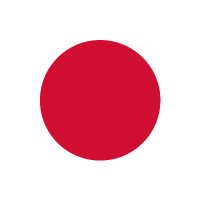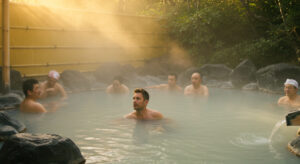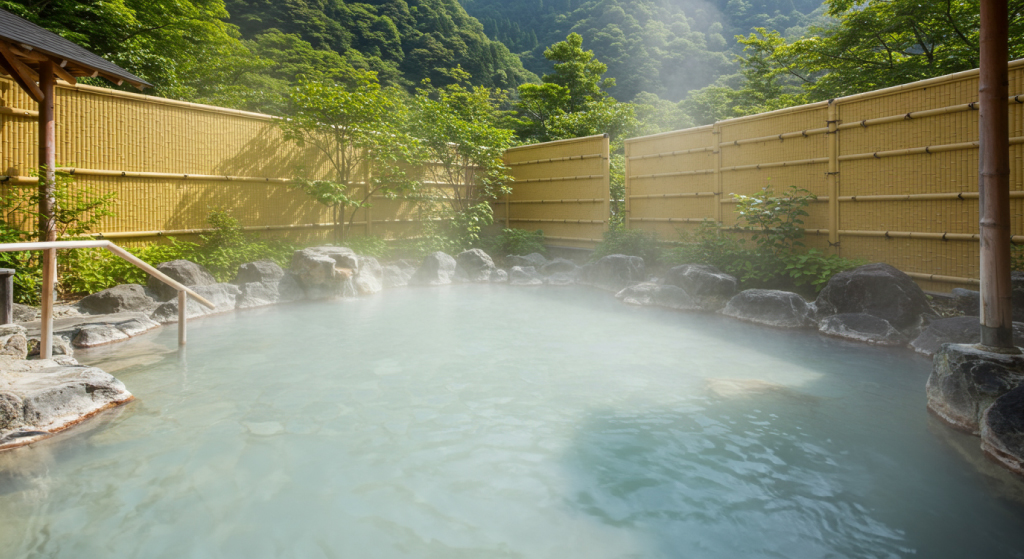

What Is an Onsen? Discover Japan’s Unique Hot Spring Culture
In Japan, an onsen (hot spring) is not just a bath—it’s a deeply rooted cultural tradition used for relaxation and health for centuries. An onsen refers to natural hot water that comes from underground and meets specific temperature and mineral requirements. With over 2,000 hot spring resorts across the country, each location offers unique water qualities, scenic views, and historical backgrounds. For travelers, visiting an onsen is both a relaxing experience and a way to connect with Japanese culture. It’s important to understand that onsens are quiet, respectful spaces—not just a place to get clean. Knowing the basic rules and manners beforehand will help you enjoy the experience comfortably and respectfully.
Onsen Etiquette: Important Rules to Know Before You Enter
Japanese onsens emphasize cleanliness and consideration for others. The number one rule is to wash your body thoroughly before entering the bath. Use the shower area to rinse off sweat and dirt—this helps keep the bathwater clean for everyone. Never bring your towel into the water; instead, leave it on a nearby shelf or on your head. Loud talking, splashing, and swimming are considered bad manners. Since onsens are places of calm and rest, keeping quiet is essential. Following these basic etiquette rules ensures a peaceful and pleasant experience for all guests.
What to Do in the Changing Room and What to Bring
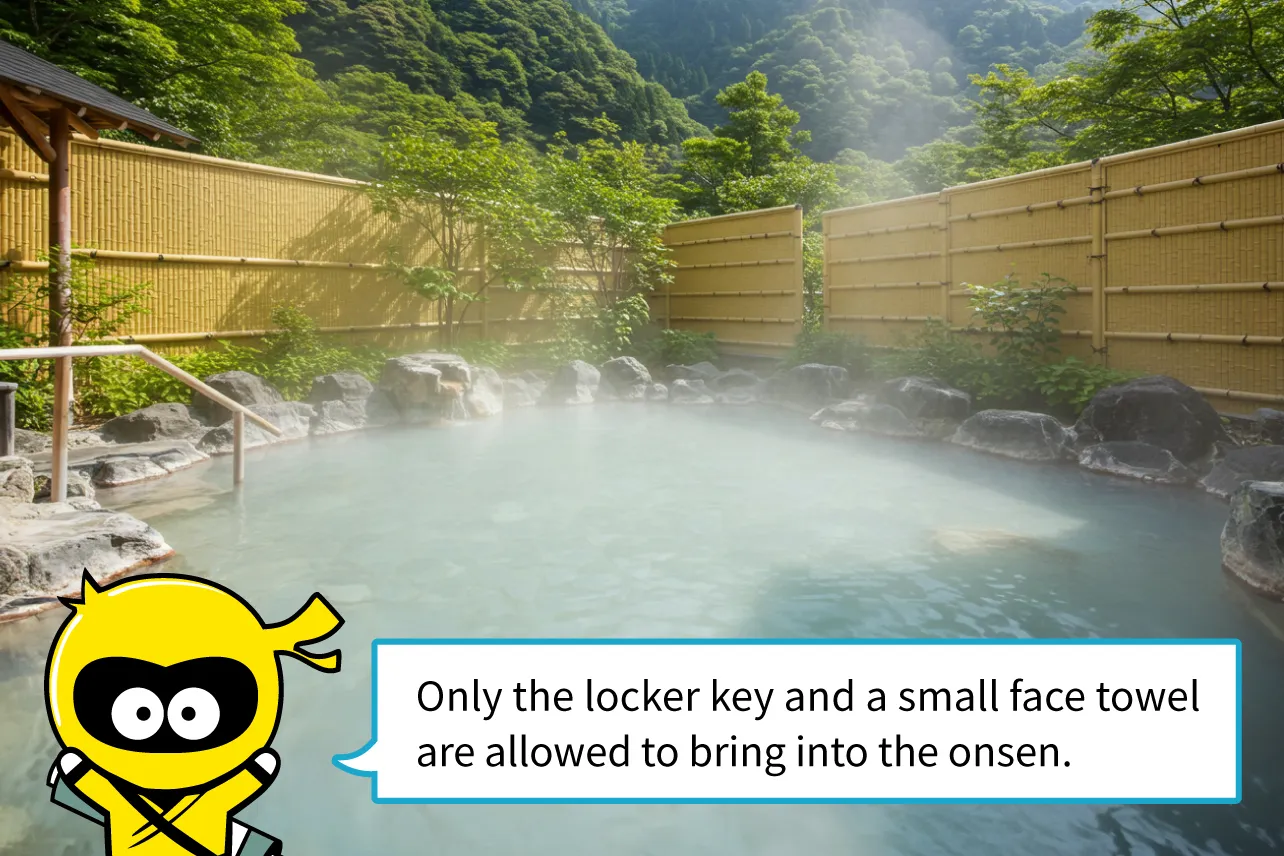

Before entering the bath, you’ll undress in the “changing room” or “datsuijo.” Most facilities have separate areas for men and women, clearly marked with signs. Remove your shoes at the entrance and store your clothes and belongings in lockers or baskets. Keep your valuables in a locker and hold on to the key—many are wristband-style and waterproof. Smartphones and cameras are usually prohibited in the changing area to protect privacy. The only things you should bring into the bathing area are your locker key and a small face towel, which must be kept out of the bathwater.
Should You Wash Before Bathing? Follow the Proper Steps
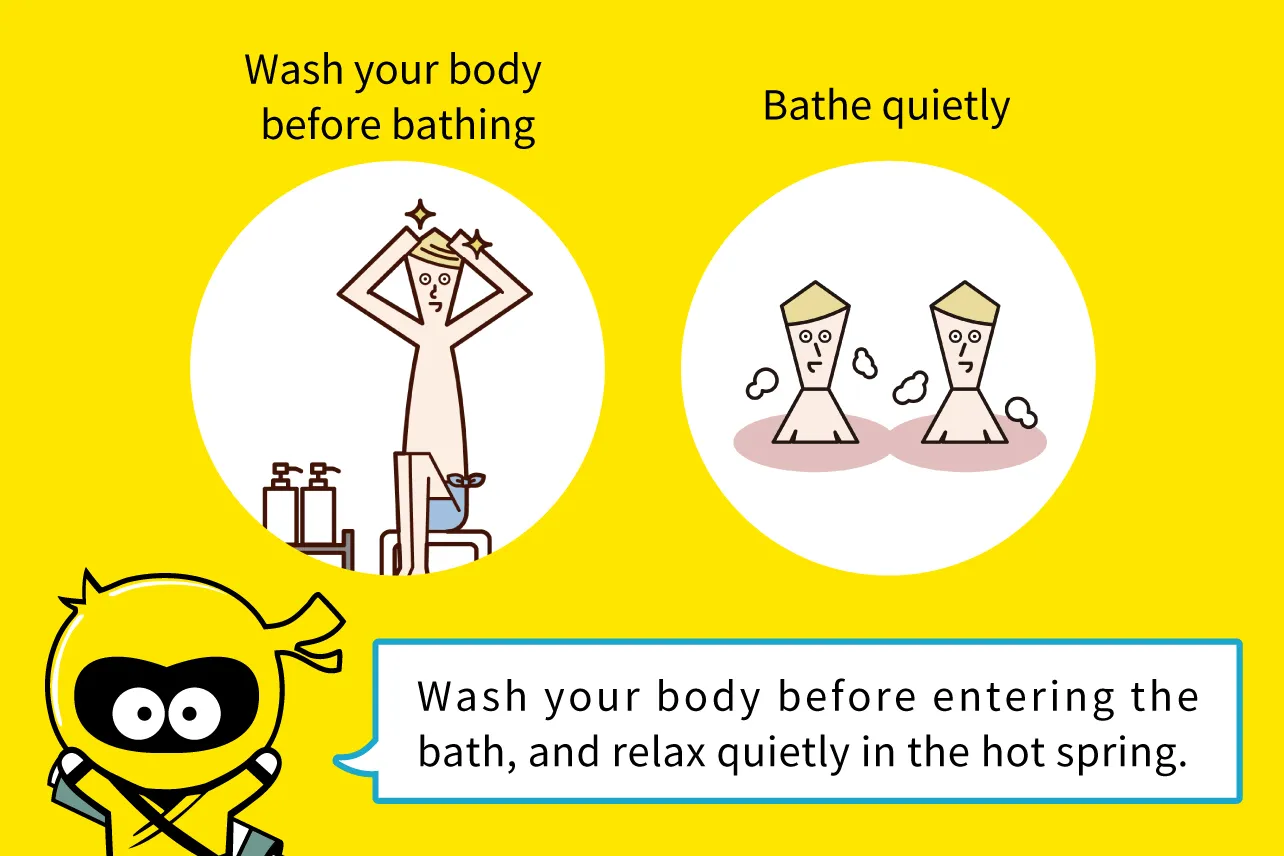

One of the most important onsen rules is to wash your body before entering the bath. This is a sign of respect for others and helps maintain hygiene. After undressing, head to the washing area, sit on a stool, and wash your body with soap using a hand shower. Washing your hair is optional, but your body must be clean before soaking. Be mindful not to splash water or soap on others. After washing, rinse off completely, and then slowly enter the bath. Following the proper order ensures a clean, relaxing onsen experience for everyone.
Why Is Nudity Required in Japanese Onsens? Are Swimsuits Allowed?
In most traditional Japanese onsens, bathing nude is required. This custom is based on the idea of relaxing your body and mind and being one with nature. While it may seem surprising to many international visitors, it is a normal practice in Japan. Swimsuits and underwear are usually not allowed in the communal baths. However, some family-friendly or private baths in tourist areas may permit swimwear. It’s a good idea to check the facility’s rules in advance if you are unsure.
Do You Have Tattoos? Here’s What You Need to Know
Many Japanese onsens have traditionally restricted entry to people with tattoos due to cultural associations with organized crime. However, as tourism grows, more onsen facilities are becoming flexible. Some allow entry if tattoos are covered with a special sticker, while others openly welcome tattooed guests. Look for signs like “tattoos OK” on hotel websites, or contact the onsen in advance. Popular tourist destinations like Tokyo and Kyoto tend to have more tattoo-friendly options.
Be Quiet in the Bath! What Not to Do in an Onsen
Onsens are meant to be peaceful places for healing, not noisy public pools. Avoid talking loudly, even if you’re with friends or family. Don’t splash, swim, or dive into the bath—these actions are not only rude but also dangerous. Towels must not be brought into the bath, as they can carry dirt and bacteria. Also, most onsens prohibit the use of smartphones and taking photos to protect the privacy of all guests. Respecting these rules helps everyone enjoy the soothing atmosphere.
Gender-Separated or Mixed? Types of Japanese Onsen Baths
Most onsens in Japan are separated by gender, labeled with signs reading “男湯” (men’s bath) and “女湯” (women’s bath). However, there are a few “konyoku” or mixed-gender onsens, where men and women bathe together. Many inns and hotels also offer “private baths” or “family baths,” which can be reserved for personal use. To choose the right type for your needs, check the facility’s website or reservation details in advance. Whether you’re nervous about your first time, prefer private soaking, or want to relax with your family, there’s an option for you.
Want to Bathe as a Family or Couple? Try a Private Onsen
If you’d like to enjoy an onsen with your family or partner, consider booking a “private onsen” or “family bath.” These are reserved spaces where you can bathe in privacy without worrying about others. Most do not require swimwear and allow full relaxation in the nude, offering an authentic Japanese onsen experience. These baths often require reservations, so be sure to check availability and pricing on the official website in advance. Many accommodations now offer multilingual support, making it easier for international travelers. Private baths are especially great for those traveling with children or uncomfortable with mixed or public bathing.
You might be interested in this
Top Onsen Destinations Loved by Foreign Visitors
Japan is home to many beautiful and relaxing hot spring resorts, but some are especially popular among international travelers due to easy access and great sightseeing. The most visited is Hakone Onsen in Kanagawa Prefecture, known for its views of Mt. Fuji and art museums. Beppu Onsen in Oita offers diverse types of baths and the famous “hell tour.” Arima Onsen, near Kyoto and Osaka, is one of Japan’s oldest and most historic hot springs. Kusatsu (Gunma) and Noboribetsu (Hokkaido) are also excellent choices for those seeking nature and tranquility. Many of these destinations offer English signage and tourist information to help you navigate your visit smoothly.

